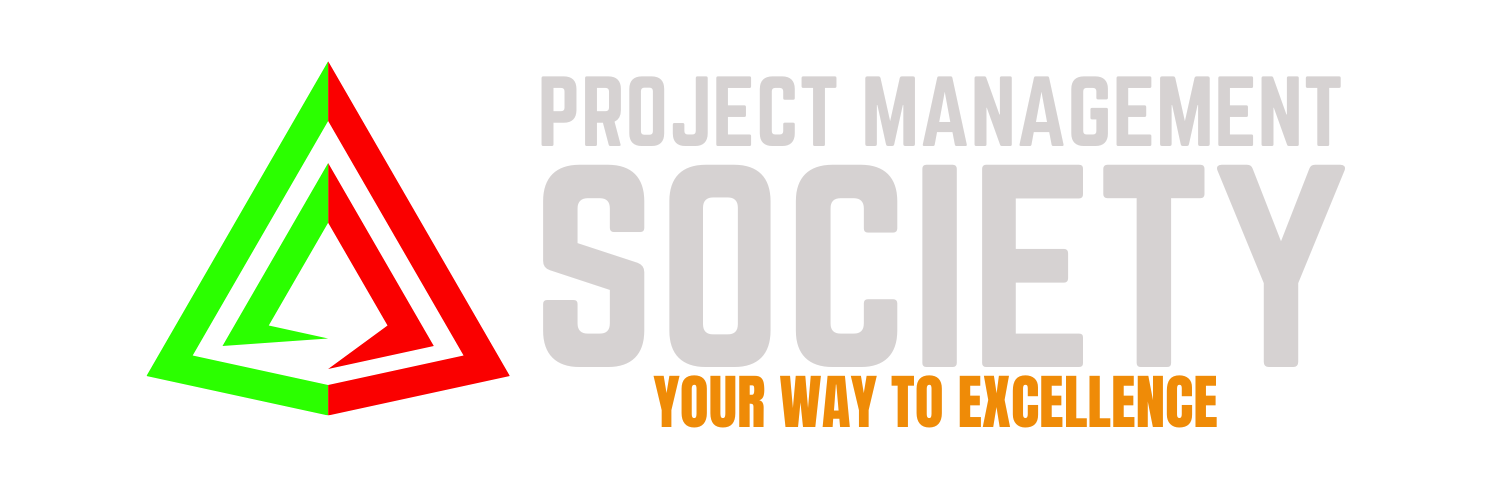 In today’s dynamic business environment, aligning projects with organizational strategy is crucial. Project Portfolio Management (PPM) has emerged as a powerful solution to manage and prioritize projects effectively. But how do you Integrate PPM with your existing project management practices? Let’s dive into this crucial topic and explore the best ways to ensure a seamless integration.
In today’s dynamic business environment, aligning projects with organizational strategy is crucial. Project Portfolio Management (PPM) has emerged as a powerful solution to manage and prioritize projects effectively. But how do you Integrate PPM with your existing project management practices? Let’s dive into this crucial topic and explore the best ways to ensure a seamless integration.
Understanding PPM: A Quick Overview
Before diving into integration strategies, let’s briefly understand what PPM is. Project Portfolio Management is a process that helps organizations manage a collection of projects by analyzing and collectively managing them. It ensures that projects align with the business’s strategic goals, optimizing resource allocation and maximizing return on investment.
Assessing Your Current Project Management Practices
Evaluating Strengths and Weaknesses
Start by assessing your current project management practices. Identify what’s working well and what isn’t. This evaluation will provide a clear picture of the areas that need improvement and how PPM can address these gaps.
Identifying Key Processes
Pinpoint the key processes in your current project management framework. Understand how these processes contribute to project success and how they can be enhanced by integrating PPM. This step is crucial for ensuring that PPM complements rather than disrupts existing practices.
Building a Case for PPM Integration
Highlighting Benefits
Communicate the benefits of PPM to stakeholders. Emphasize how PPM can lead to better project selection, improved resource allocation, and enhanced strategic alignment. By showcasing these advantages, you can gain the necessary buy-in from key decision-makers.
CLICK HERE TO DOWNLOAD 300+ PROJECT MANAGEMENT TEMPLATES & DOCUMENTS IN EXCEL
Addressing Concerns
Be prepared to address any concerns about integrating PPM. Common concerns include potential disruptions to current projects, the learning curve associated with new tools, and the costs involved. Provide clear answers and propose solutions to mitigate these challenges.
Developing an Integration Plan
Setting Clear Objectives
Define clear objectives for the integration process. What do you hope to achieve by integrating PPM with your existing practices? Setting measurable goals will help track progress and ensure the integration delivers the desired outcomes.
Creating a Roadmap
Develop a detailed roadmap outlining the steps for integration. This roadmap should include timelines, responsibilities, and milestones. Having a structured plan will guide the organization through the integration process smoothly.
Choosing the Right PPM Tools
Evaluating Options
Research various PPM tools available in the market. Evaluate their features, ease of use, and compatibility with your existing project management tools. The right tool should integrate seamlessly and enhance your current practices.
Implementing the Tool
Once you’ve selected the right PPM tool, plan its implementation. Provide training to your team to ensure they are comfortable using the new tool. A well-implemented tool can significantly streamline the integration process.
Aligning Processes and Practices
Standardizing Processes
Standardize your project management processes to align with PPM principles. This may involve updating workflows, redefining roles and responsibilities, and establishing new reporting mechanisms. Standardization ensures consistency and improves efficiency.
Encouraging Collaboration
Foster a culture of collaboration between project managers and the PPM team. Encourage regular communication and knowledge sharing. Collaborative efforts can lead to better decision-making and successful integration.
Monitoring and Adjusting
Tracking Progress
Regularly monitor the progress of the integration. Use key performance indicators (KPIs) to measure success. KPIs could include project completion rates, resource utilization, and alignment with strategic goals.
Making Adjustments
Be prepared to make adjustments as needed. Integration is an ongoing process, and flexibility is key. Continuously seek feedback from your team and make improvements to optimize the integration.
CLICK HERE TO DOWNLOAD 300+ PROJECT MANAGEMENT TEMPLATES & DOCUMENTS IN EXCEL
Celebrating Success
Acknowledging Achievements
Celebrate the milestones achieved during the integration process. Recognize the efforts of your team and the positive impact of PPM on your projects. Celebrating success boosts morale and reinforces the value of PPM.
Sharing Success Stories
Share success stories within the organization. Highlight projects that have benefited from the integration of PPM. Success stories can inspire others and demonstrate the tangible benefits of PPM.
Conclusion
Integrating PPM with your existing project management practices is a strategic move that can drive your organization towards greater efficiency and alignment with business goals. By carefully assessing your current practices, developing a clear integration plan, and fostering collaboration, you can ensure a smooth transition. Remember, successful integration is an ongoing process that requires continuous monitoring and adjustments. With the right approach, PPM can become an invaluable asset to your project management toolkit.
